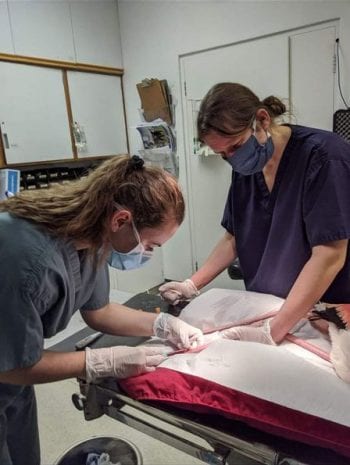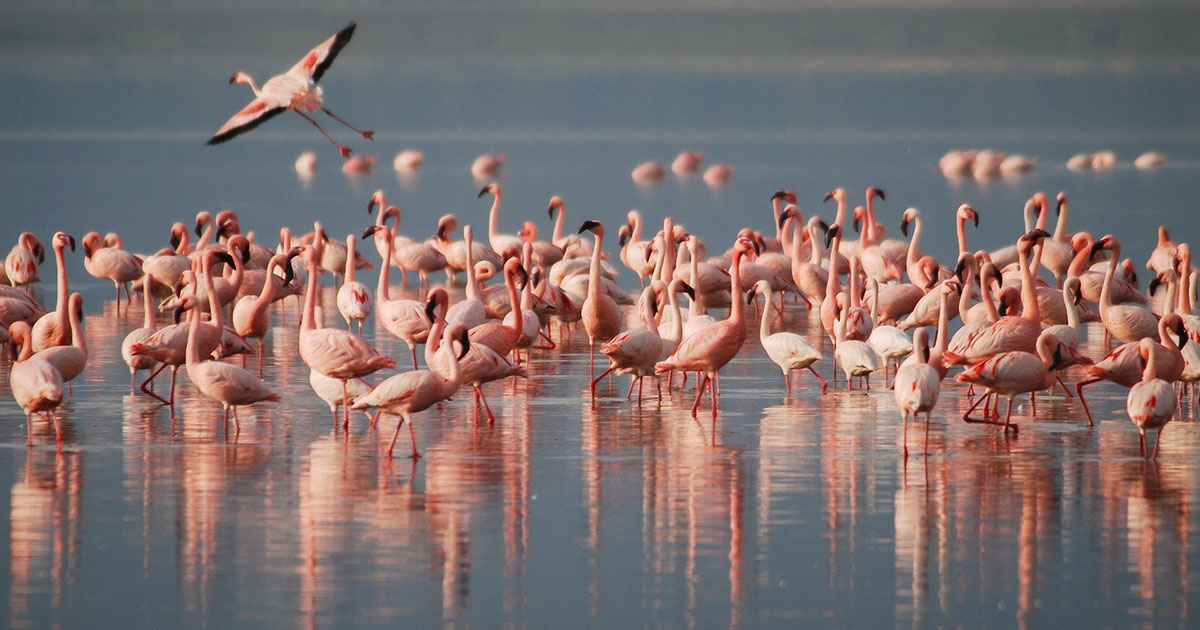I can probably count the number of blood samples I’ve taken to date on a single hand.
That does sound pitiful, I know, but please hold off on any judgement as I was unfortunate enough this year to have a total of 10 weeks’ work experience cancelled due to the recent pandemic.
Like everyone else, I suppose, I saw 2020 panning out a lot differently as I began it… but from dark clouds come silver linings, and I am now proud to say that one of my startlingly few blood samples was drawn earlier this month from a flamingo.
Going to the zoo, zoo, zoo
My cohort is probably luckier than most, as the large majority of our learning is conducted online, with the exception of the occasional in-person presentation, practical or day’s work at Bristol Zoo Gardens.

However, I’ll be candid and say the involvement of the local zoo in the running of my masters was the thing that really drew me in the most, the money and time being a small consequence if I had the chance to work alongside those who were living my dream – a dream I’d harboured for more than a decade and a half.
And while I’m sure the thrill of my day’s work with those lucky individuals will fade (though it hasn’t yet), I think that short window spent working with the most amazing creatures and talented professionals almost makes up for all the time lost this summer.
A very different experience
It’s safe to say that working with wildlife versus small domestic animals is an entirely different ball game. For example, I have a friend who had a week’s EMS in a practice specialising in wildlife and spent most of the first day chasing a deer around a local park.
Even if you are lucky enough to have the wild animal behind closed doors and easily accessible, or even if it’s already restrained or half-tranquilised, it’s astonishing how difficult a simple routine check-up and x-ray can become.
It can take time to safely capture and restrain an animal, especially one as long and ungainly as a flamingo (don’t let the croquet scene in Alice in Wonderland fool you). Add this to the time taken to anaesthetise it, draw bloods, run checks, top up its fluids, take several x-rays from an array of angles – all while maintaining COVID-19 regulations on top of pre-existing health and safety considerations. It was no wonder my friend and I had about five minutes to wolf down our lunch before running off to the afternoon’s activities.
Meal for none
As a person who loves their food, it is with great surprise that I say I have never been so happy to skip a meal in all my life. I think I would have quite happily gone on working through until midnight, had government COVID-19 policy not mandated we leave the zoo by 5pm. I honestly didn’t want to leave, but I walked away with a strong respect for all of the staff working there on a daily basis.
Working as a vet requires a sack full of patience at the best of times, but working with wild animals brings the job to another level. Not only do you strike the balance every day between interfering too much or too little, no other medical professional has to work with patients every day who are so unwanting of your help and will stop at nothing to get away.
I do think that if doctors and nurses had to use bait to draw their patients in, bar the practice doors, and then try to grab them one by one with a very large net, medicine courses might not be quite so over-subscribed.

Leave a Reply